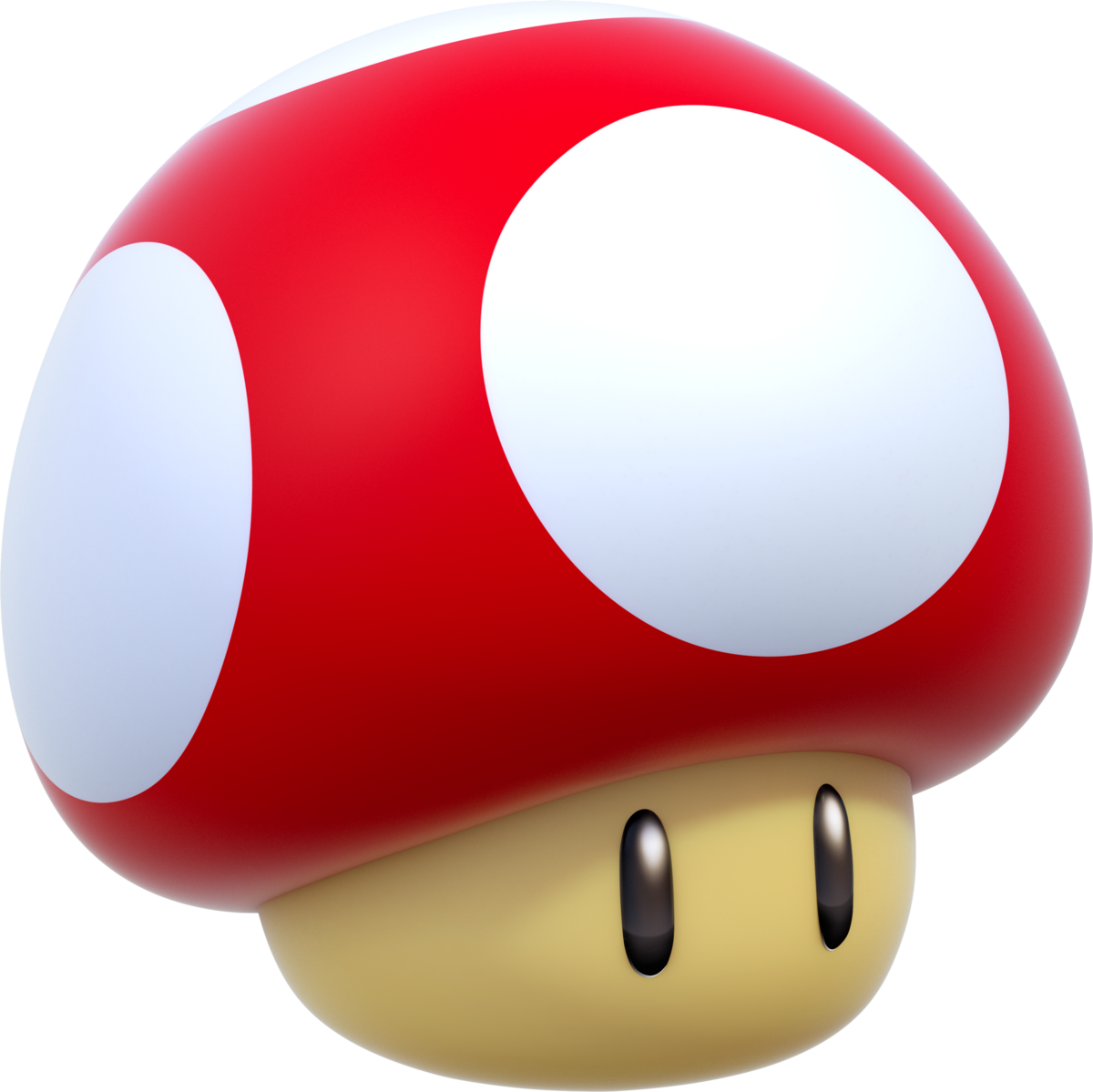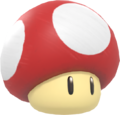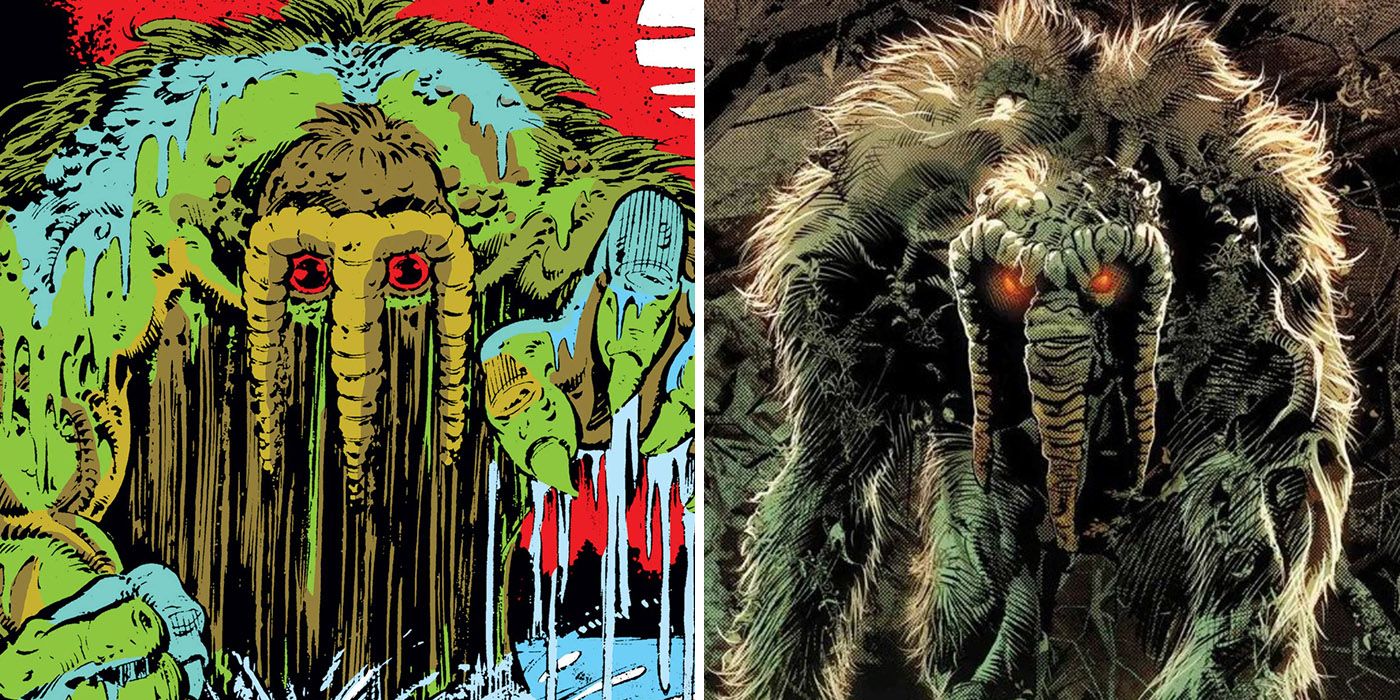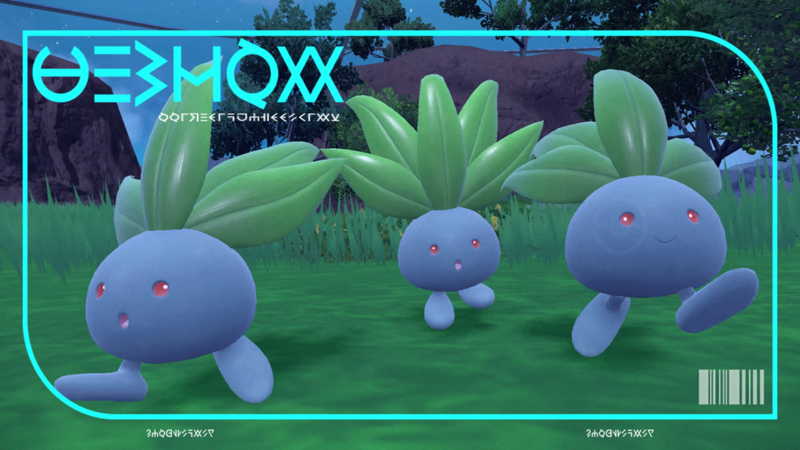
#33
Belladonna
Species: Atropa belladonna
Habitat: native to temperate climes across Europe to Western Asia
AKA: Deadly Nightshade, Divale, Dwale, Banewort, Great Morel, Dwayberry
Fun stat: just gonna continue the AKAs - Devil's Berries, Death Cherries, Beautiful Death, Devil's Herb
Points: 57, Votes: 3, Highest: gahitsu
Belladonna is a small bush with lovely purple flowers and shiny black berries that is known primarily for being poisonous as heck. Not all nightshades are deadly - tomatoes, potatoes, eggplant, and chili peppers are all members of the family that are great for eating (unless you're allergic to them). But this one contains all manner of fun toxins, both in the berries and the foliage, including atropine, scopolamine, and hyoscyamine. The toxins cause delirium and hallucinations, and can quickly become deadly by disrupting the parasympathetic nervous system's ability to regulate important bodily functions like breathing and heart rate. In non-fatal doses it can also lead to complications of pregnancy, cardiovascular diseases, gastrointestinal disorders, and psychiatric disorders.
The word "belladonna" of course means "beautiful woman" in Italian, and comes from the fact that the plant was once used to make eye drops used to dilate women's eyes, which was considered attractive. Needless to say this was a bit dangerous and is no longer practiced. Atropine extracted from Belladonna does have some medical uses as a sedative and treatment for irritable bowel, but its safety and efficacy is debated, and over-the-counter use is illegal in the US.
The plant has historically been used for its poisonous properties since ancient times, when it was used to create poisonous arrows for hunting. In classical times it was used as the poison of choice against such personages as Agrippa the Younger and possible even Emperor Caesar Augustus himself. In some folklores it is known as part of a brew used by witches to help them fly, probably owing to its hallucinogenic properties.


















